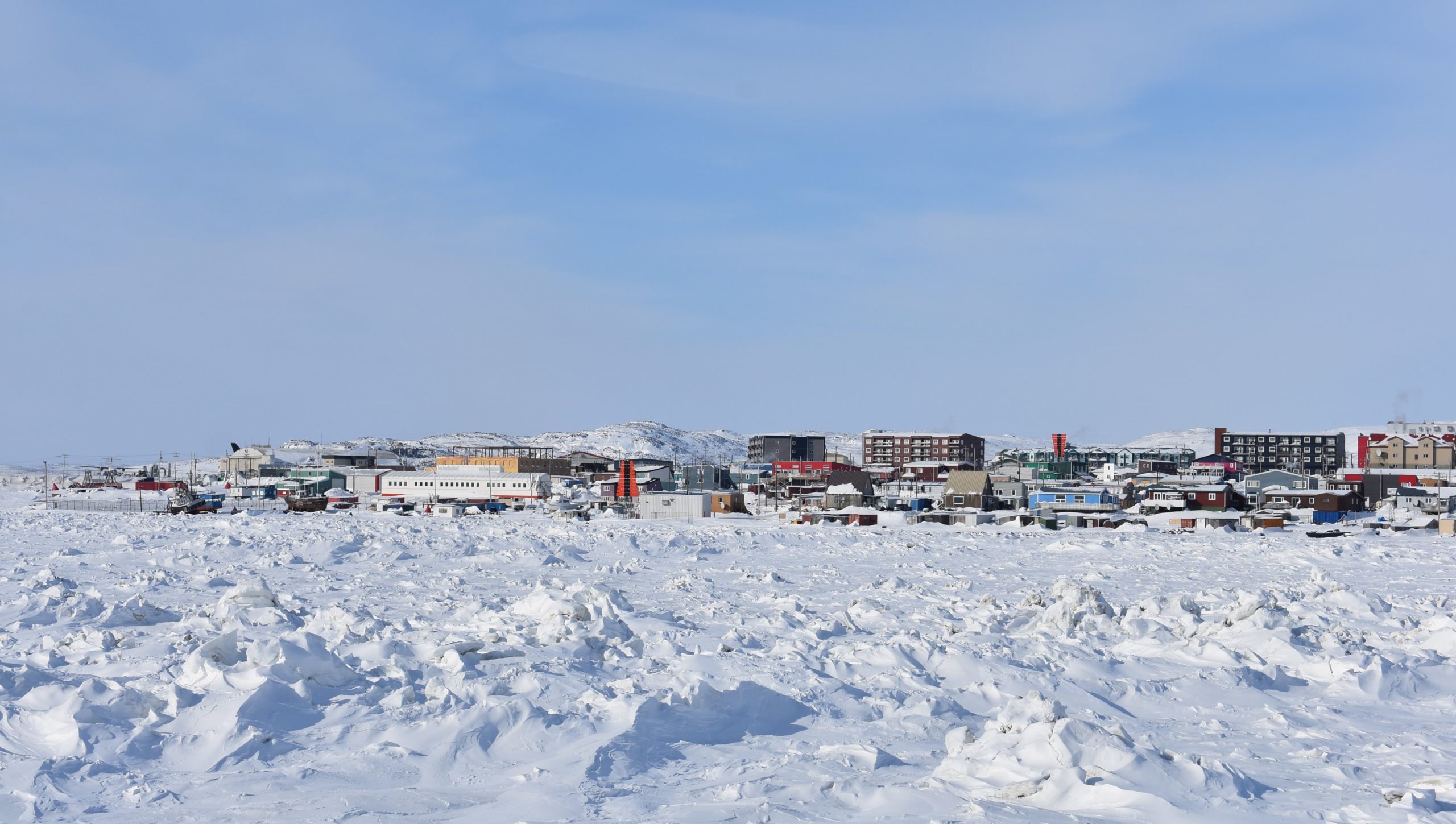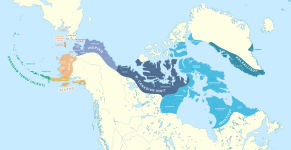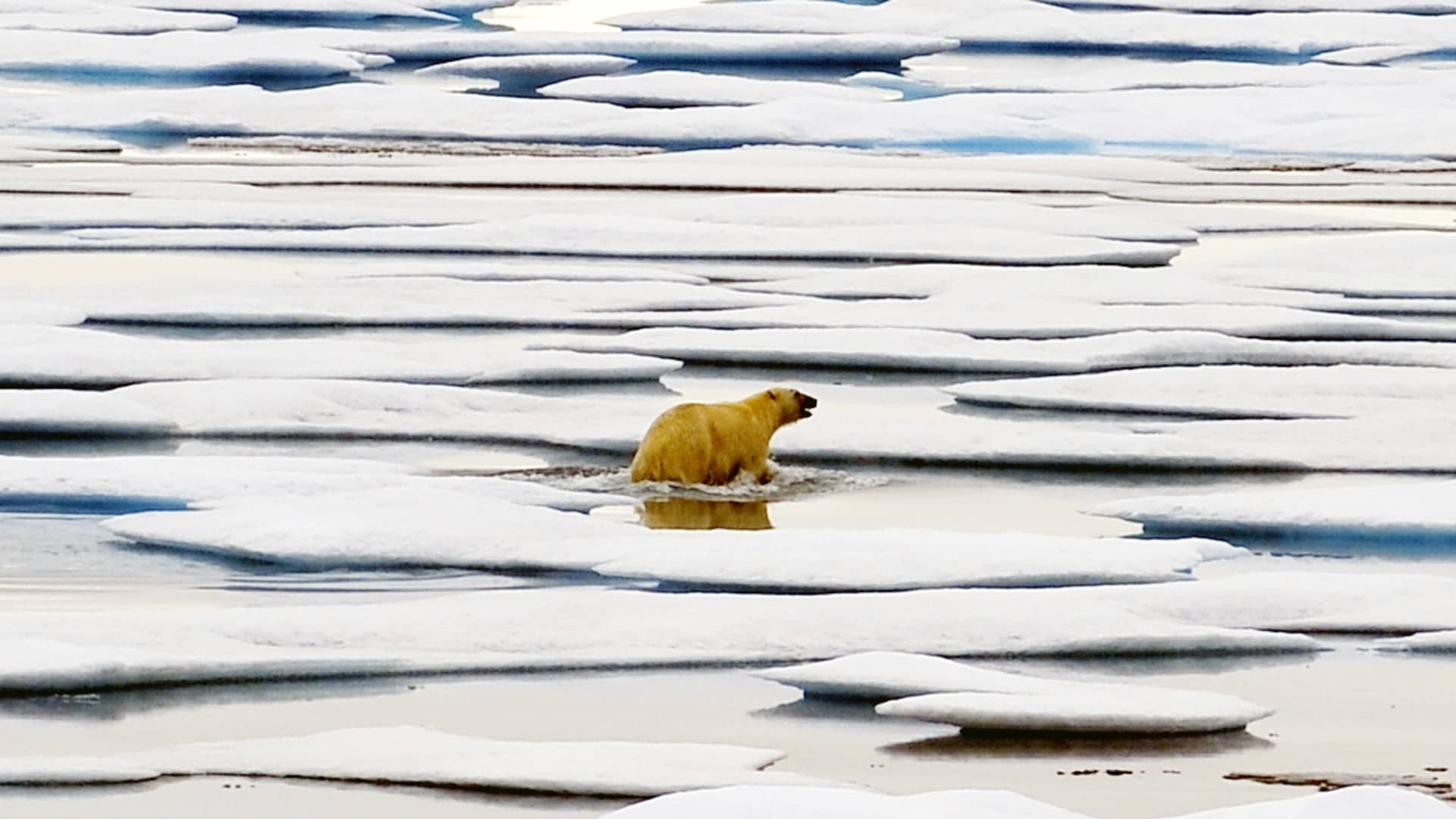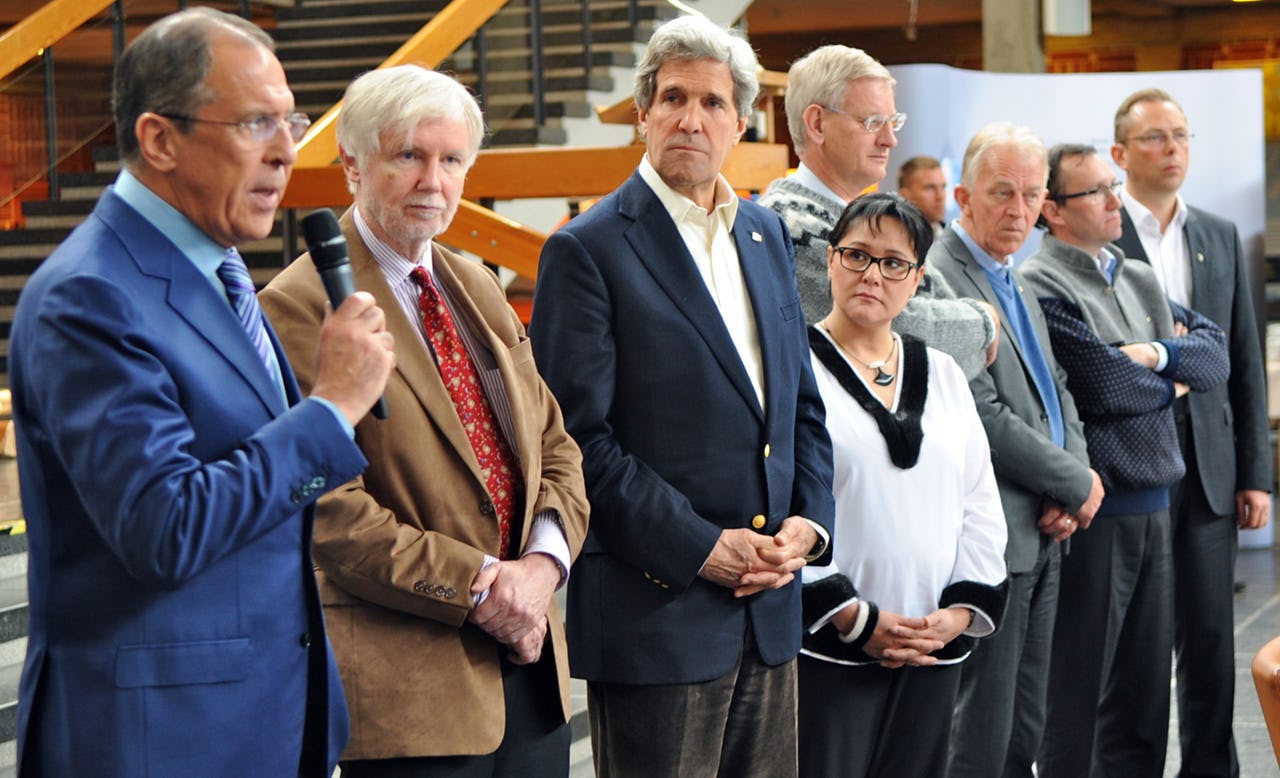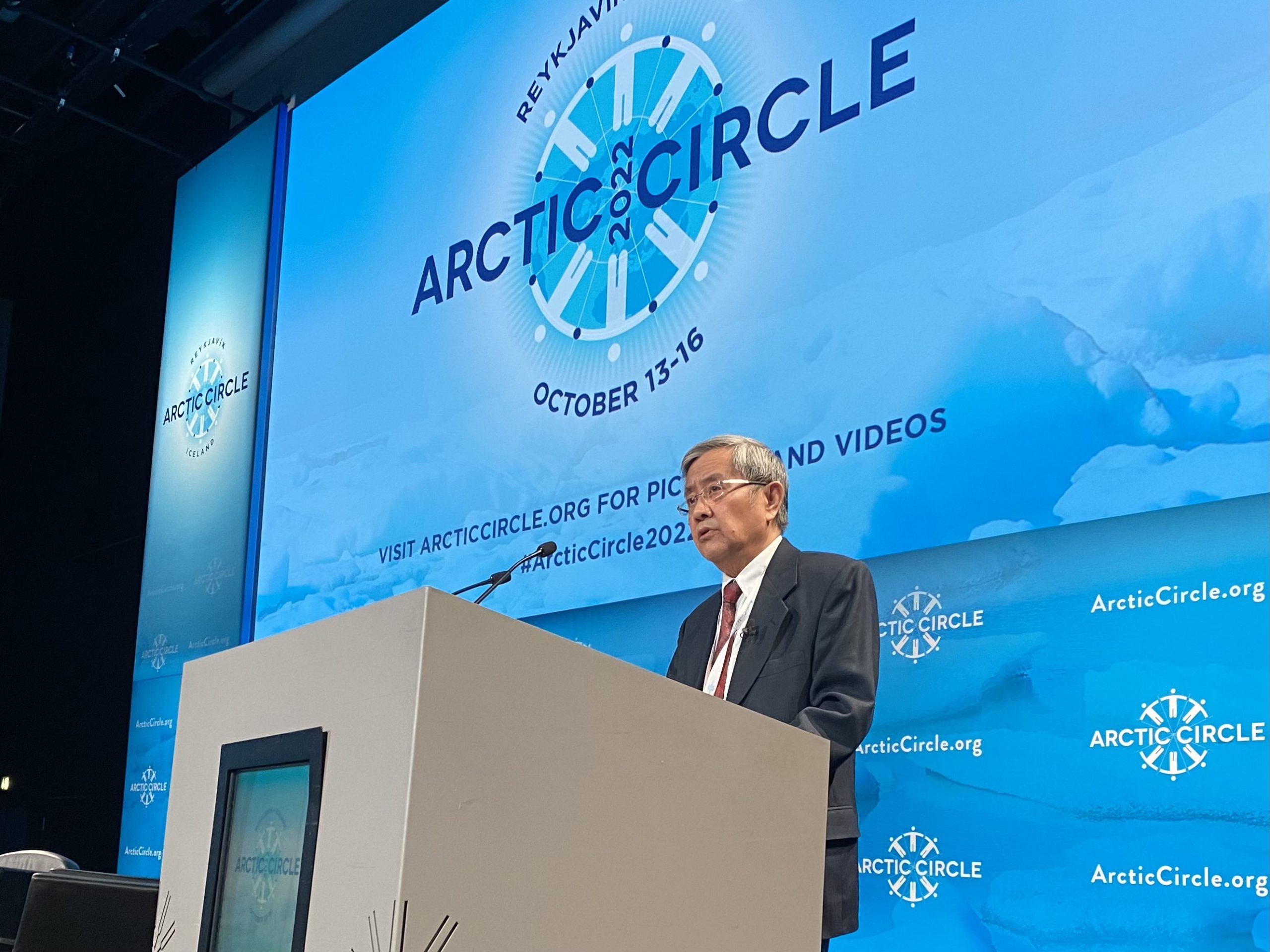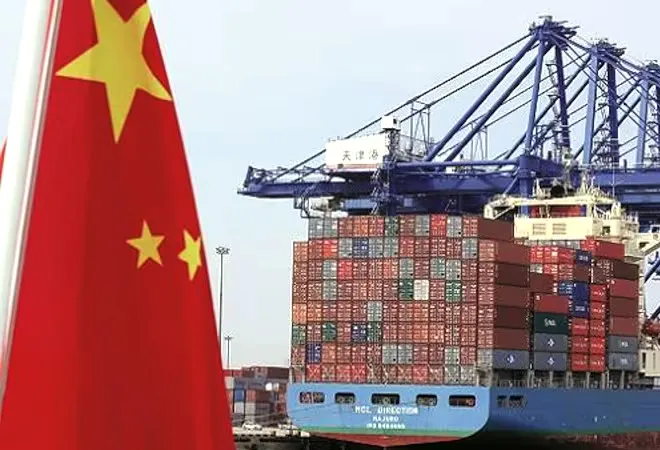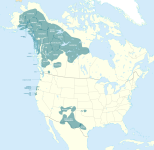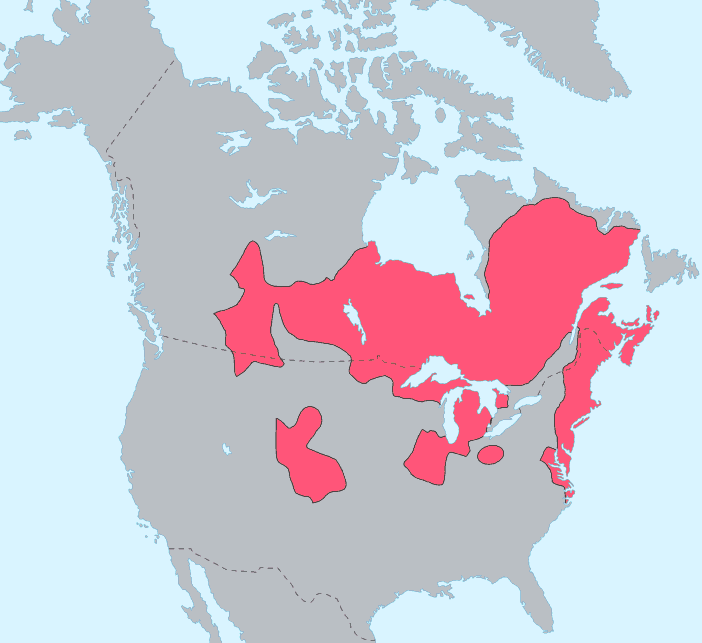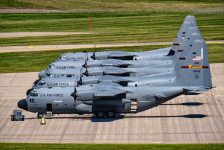GR66
Army.ca Veteran
- Reaction score
- 4,780
- Points
- 1,160
In my opinion securing Canadian Arctic sovereignty requires much more of an "all of government" effort than just adding some Arctic capabilities to the CAF - not saying that we shouldn't do that as well as the other things required - just that it's a relatively small part of what is needed.
Compare Alaska to Canada's North:
Area:
Alaska: 1.723 million sq. km
Cdn North: 3.496 million sq. km (NWT + Yukon + Nunavut)
Population:
Alaska: 733,391
Cdn North: 118,160
So Canada's North is twice the size of Alaska but our Northern population is 1/6th that of Alaska
When you compare the size of the top 10 population centres in Alaska and Canada's North the difference is striking:
Alaska:
Anchorage: 290,674 (almost double the total for Canada's Territories)
Fairbanks: 32,496 (over 25% of Canada's total Territorial population)
Juneau: 32,108 (over 25% of Canada's total Territorial population)
Badger: 19,182
Knik-Fairview: 18,619
College: 12,376
North Lakes: 10,262
Tanaina: 9,682
Wasilla: 9,267
Meadow Lakes: 8,773
Total Top 10: 443,439 (3.75 times the total population Canada's Territories)
Canadian Territories:
Whitehorse: 24,513
Yellowknife: 19,673
Iqaluit: 6,991
Inuvik: 3,001
Arviat: 2,766
Rankin Inlet: 2,698
Hay River: 2,380
Fort Smith: 1,749
Baker Lake: 1,653
Cambridge Bay: 1,403
Total Top 10: 66,827
Only the Territorial capitals of Whitehorse and Yellowknife would crack the top 10 list in Alaska.
I'd argue that the most effective way to defend Canada's Arctic sovereignty is to populate our Territories and grow the communities to a size that can support the kind of services and infrastructure that can enable economic growth (as well as military deployments and facilities)
Compare Alaska to Canada's North:
Area:
Alaska: 1.723 million sq. km
Cdn North: 3.496 million sq. km (NWT + Yukon + Nunavut)
Population:
Alaska: 733,391
Cdn North: 118,160
So Canada's North is twice the size of Alaska but our Northern population is 1/6th that of Alaska
When you compare the size of the top 10 population centres in Alaska and Canada's North the difference is striking:
Alaska:
Anchorage: 290,674 (almost double the total for Canada's Territories)
Fairbanks: 32,496 (over 25% of Canada's total Territorial population)
Juneau: 32,108 (over 25% of Canada's total Territorial population)
Badger: 19,182
Knik-Fairview: 18,619
College: 12,376
North Lakes: 10,262
Tanaina: 9,682
Wasilla: 9,267
Meadow Lakes: 8,773
Total Top 10: 443,439 (3.75 times the total population Canada's Territories)
Canadian Territories:
Whitehorse: 24,513
Yellowknife: 19,673
Iqaluit: 6,991
Inuvik: 3,001
Arviat: 2,766
Rankin Inlet: 2,698
Hay River: 2,380
Fort Smith: 1,749
Baker Lake: 1,653
Cambridge Bay: 1,403
Total Top 10: 66,827
Only the Territorial capitals of Whitehorse and Yellowknife would crack the top 10 list in Alaska.
I'd argue that the most effective way to defend Canada's Arctic sovereignty is to populate our Territories and grow the communities to a size that can support the kind of services and infrastructure that can enable economic growth (as well as military deployments and facilities)


